This was published 3 years ago
10 amazing Roman ruins (that aren’t in Italy)
By Ben Groundwater
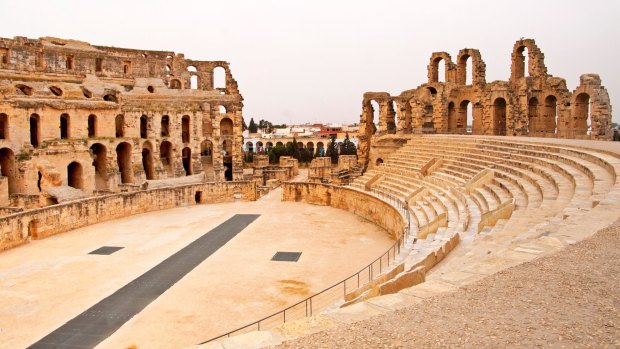
El Jem Colosseum, TunisiaCredit: iStock
EL-JEM, TUNISIA
This huge and beautifully preserved 3rd-century amphitheatre is something of a celebrity, having been featured in Monty Python's The Life of Brian, as well as the film The Gladiator, and even a Nike football commercial. It's easy to see what drew the location scouts: this 35,000-seat venue is in amazing condition. It's a UNESCO World Heritage site and, standing in its centre, it's very easy to picture it in its Roman pomp.
TEMPLE OF BACCHUS, LEBANON
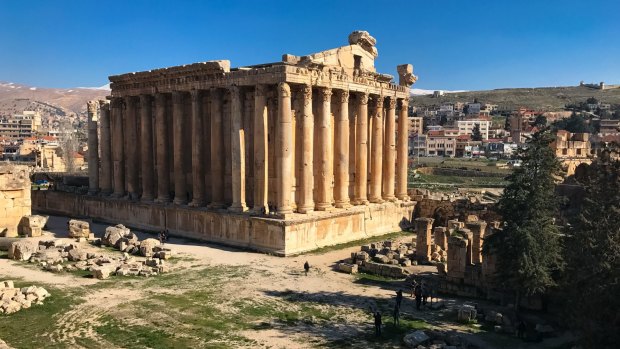
Credit: iStock
This stunning temple is part of a much larger complex of ruins in eastern Lebanon called Baalbek, mostly created by the Romans, though the area has been continuously inhabited for almost 9000 years. These days, most people come to see the Temple of Bacchus, one of the world's best-preserved Roman temples, a 31-metre-high structure surrounded by 42 Corinthian columns, 19 of which remain standing.
JERASH, JORDAN
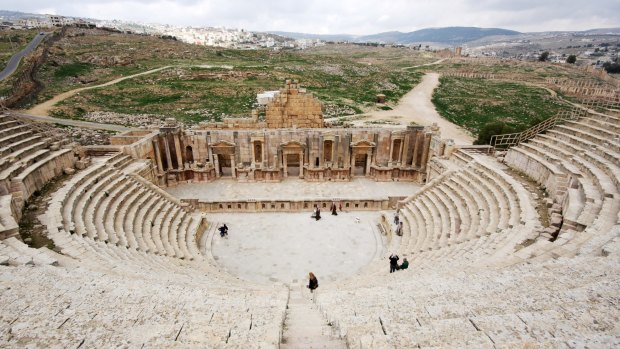
Credit: iStock
Here's another Roman city that has fallen into ruin, though Jerash, near the Jordanian capital of Amman, has been quite beautifully preserved. Inhabited by the Greeks and then conquered by the Romans, Jerash was a booming city that was once visited by Hadrian himself, and was later converted into a fortress for the Crusaders. These days it still boasts numerous columns, Hadrian's Arch, a hippodrome, and two large temples.
HIPPODROME OF CAESAREA, ISRAEL
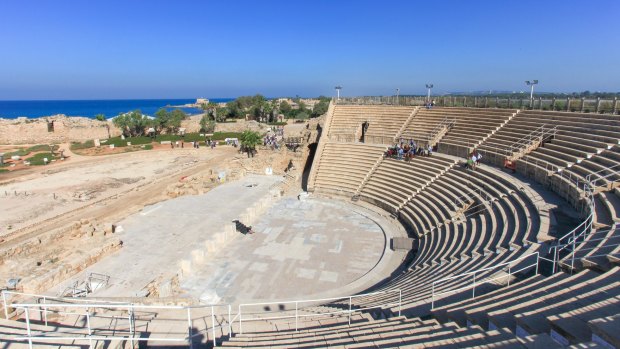
Credit: iStock
Fifty metres wide and 400m long, this former chariot-racing arena on an Israeli beachfront is one impressive sight, built by Herod the Great, King of Judea, to stage a huge sporting festival in his new base of power. The hippodrome could once seat 20,000 baying fans, who would enjoy beautiful views of the Mediterranean while watching the chariots go past. It's still in excellent condition.
PULA ARENA, CROATIA
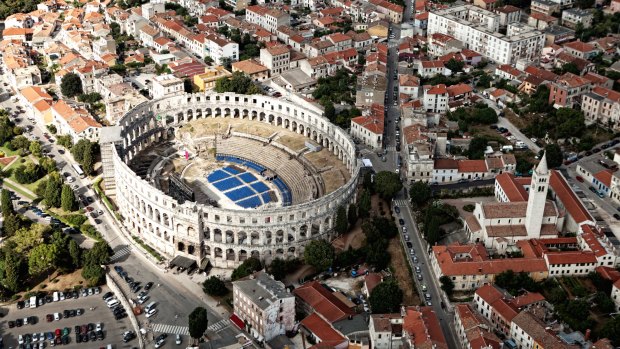
Credit: iStock
Most people come to coastal Croatia expecting beaches and clear waters, and they certainly get that – but they also get one of the most impressive Roman ruins on Earth, the 23,000-seat Pula Arena. Built between 27 BC and 68 AD, the Pula Arena is the only remaining Roman amphitheatre to have all four side towers still intact. The amphitheatre hosted gladiatorial combat until the practice was outlawed in the 5th century; these days it's a concert venue.
LEPTIS MAGNA, LIBYA
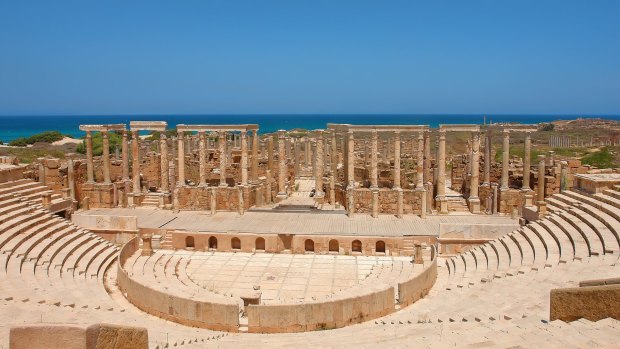
Credit: iStock
This huge site is without doubt one of the largest and best-preserved Roman settlements anywhere outside of Rome itself, though it's sadly off-limits to all but the hardiest of adventurers at present, given its location in Libya. Leptis Magna was a major trading post in its heyday, and prosperous enough to warrant the construction of numerous temples, arches, churches and basilicas, most of which are still in an excellent state.
CONIMBRIGA, PORTUGAL
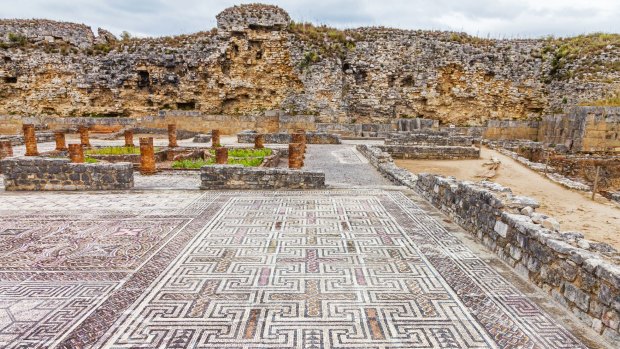
Credit: iStock
The ruins of Conimbriga aren't as visually impressive as some of the others mentioned here, though this is one of the largest Roman settlements excavated in Portugal, and of historical importance to the empire. There are remnants here of a large forum, several thermal baths, an aqueduct, and numerous well-preserved residential buildings. Only 10 per cent of the site has so far been excavated, which means there's still plenty to discover.
BARDO MUSEUM, TUNISIA
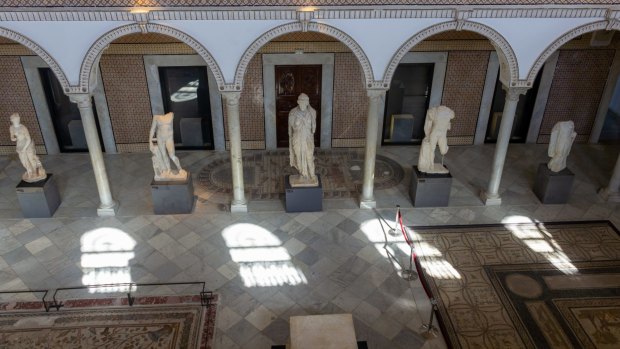
Credit: iStock
This isn't a ruin as such, but rather a museum that houses a stunning collection of Roman mosaics that were discovered in nearby Tunisian sites such as Carthage, Hadrumetem, Dougga and Utica. There are also several elegant marble statues here from Roman times, though the main attraction is the collection of mosaics, many of which are huge, intricate and incredibly well preserved.
ASPENDOS THEATRE, TURKEY
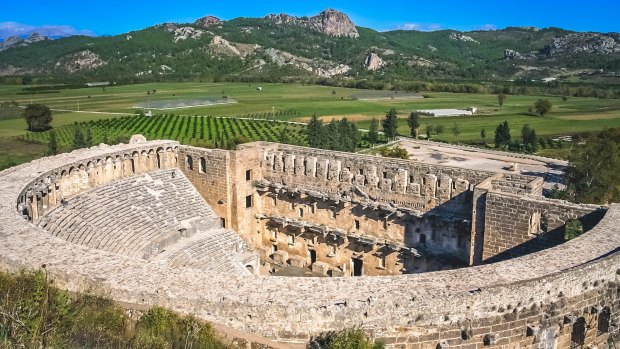
Credit: iStock
Aspendos, just near Antalya in southern Turkey, was once a Greek power base (conquered by Alexander the Great) turned Roman settlement, an area with plenty of interesting ruins, though none so spectacular as its theatre. This 12,000-seat venue was in fact built by the Greeks at the very end of their reign, and then used first by the Romans for entertainment, and later by the Seljuk people as a caravanserai.
SEGOVIA, SPAIN
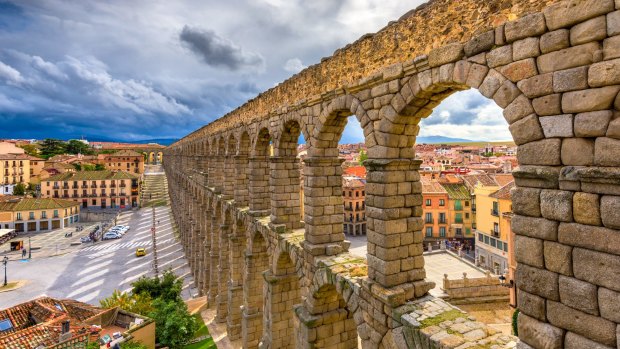
Credit: iStock
The Spanish city of Segovia is known for three impressive historical attractions: its Gothic cathedral; its spectacular "Alcazar", or castle; and its huge, multi-tiered Roman aqueduct, dating back to the 2nd century BC. The aqueduct is an extraordinary architectural achievement, a construction of 25,000 granite blocks held together without any mortar, with more than 170 arches up to 29 metres high. And it's still used to deliver drinking water today.
Sign up for the Traveller Deals newsletter
Get exclusive travel deals delivered straight to your inbox. Sign up now.